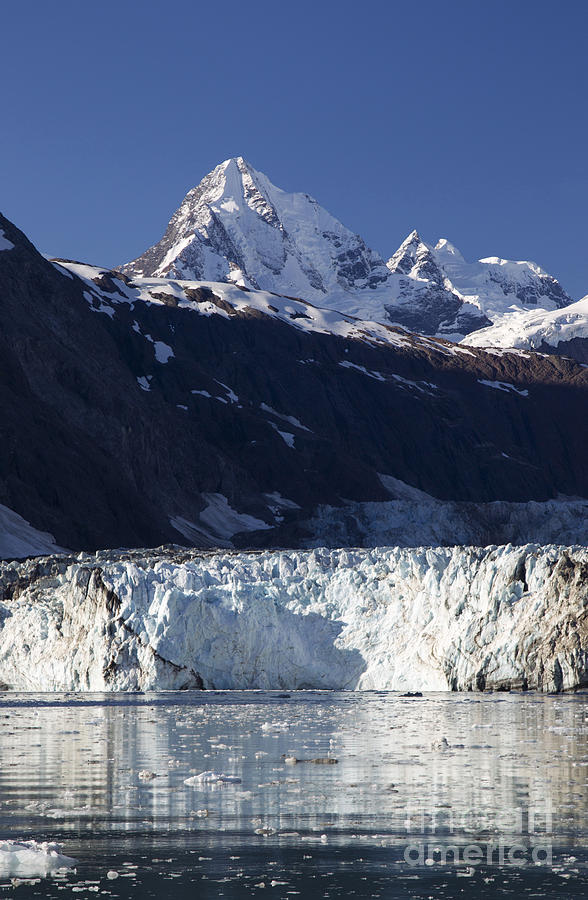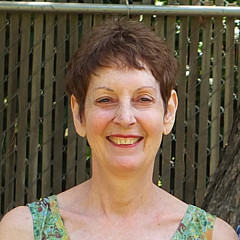
Slip Sliding Away

by Jeanette French
Title
Slip Sliding Away
Artist
Jeanette French
Medium
Photograph - Original Photography
Description
I feel fortunate to have been able to photograph this receding glacier in Glacier Bay, Alaska. These beauties are likely to disappear in our lifetimes.
A beacon in the darkness of a wild land in a modern world, and a nature laboratory, a United Nations biosphere reserve and a world heritage site, this is Alaska.
The name, Alaska, comes from the indigenous peoples known as the Aleut, meaning the object towards which the action of the sea is directed. An Aleut word from the same root, Alyeska, means great land. Indigenous peoples have occupied Alaska for thousands of years. The first peoples are thought to have come across a land bridge, between what is now Siberia and the Aleutian Islands, before the continents fully separated. Approximately half of the total state population lives along the coast, where the subarctic climate is moderated by the proximity to the ocean
Purchased from Russia in 1867 for about 2 cents per acre, Alaska was originally thought to be a big mistake and was nicknamed “Seward’s Folly”, after the then U.S. Secretary of State, William Seward, who negotiated the purchase. This 49th U.S. state is unusual and valuable in many ways. The gold rushes began in the 1890’s and brought thousands of miner and settlers to Alaska over the next 30 years. Today, it is the black gold of crude oil that fuels the economy. The North Slope has vast energy resources, massive reserves of crude oil and natural gas and coal. It is the largest state in the union, twice the size of Texas, though it is the least densely populated.
It is considered the northernmost state, bordering the Arctic Ocean to the north, and the most eastern and western state, due to the extension of the Aleutian Islands into the eastern hemisphere. Alaska also has the longest coastline, longer than all of the other states combined. Tongass National Forest is the largest in the U.S. Alaska is blessed with 3 million lakes, marshlands, permafrost and glacier ice. Half of all of the glaciers in the world, over 100,000, are in Alaska.
Lighthouses are found the world over along dangerous coastlines, hazardous shoals and reefs marking safe passage and entry to harbors for maritime pilots on both seas and inland waterways. Built on tall structures, towers and buildings, a system of lamps and magnifying lenses focuses the light beam and can send it out over great distances in a flash pattern specific to lighthouses. One of the earliest known lighthouses was the Lighthouse of Alexandria, built in 280 BC to mark the port. Lighthouses have much public affection and attention and are consider symbols of safe harbor, truth, male fertility, and sight.
This photograph of the glacier in Glacier Bay was taken while on a National Geographic trip up the Inside Passage, Alaska.
Jeanette French, paintings, photographs, canvas prints, framed prints, metallic prints, acrylic prints, greeting cards, gift cards, fine art.
Creating portals of light, love, joy, beauty, compassion, hope and gratitude is my lifelong passion and gift for the earth, hence the name of my art business, For the Earth. My mother painted in oils when I was young and encouraged my own drawing, painting and handcrafting in all forms. My father, the photographer, gave me my first camera at age 8. As a result of these loving influences, I am a lifelong student of both mediums. I am grateful to my wonderful Pacific NW painter teachers, Stan Capon and Edi Olson, for training my eye and technique. I hope you will enjoy this image as much as I enjoyed its creation. More gifts for the earth can be found at this website, jeanette-french.pixels.com.
Uploaded
August 25th, 2013
Statistics
Viewed 682 Times - Last Visitor from Fairfield, CT on 04/25/2024 at 7:04 AM
Embed
Share
Sales Sheet


































